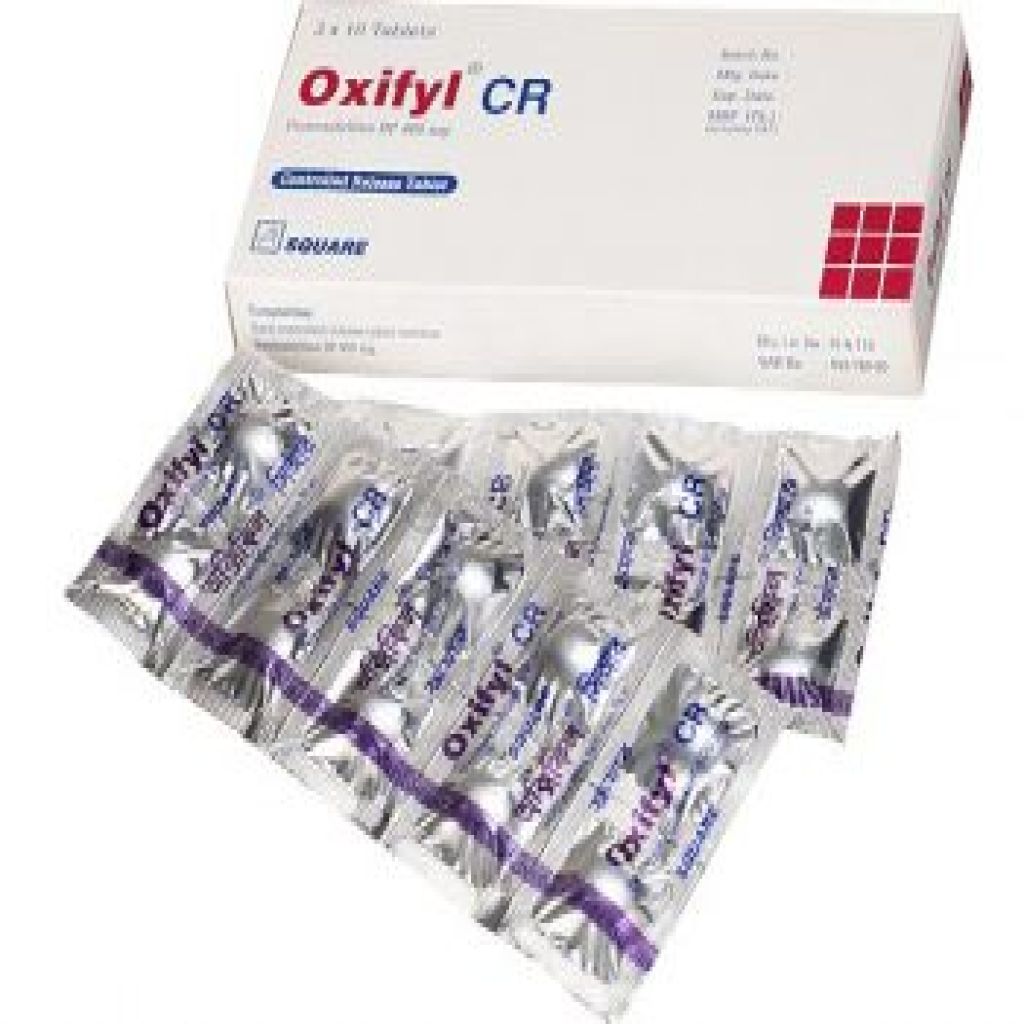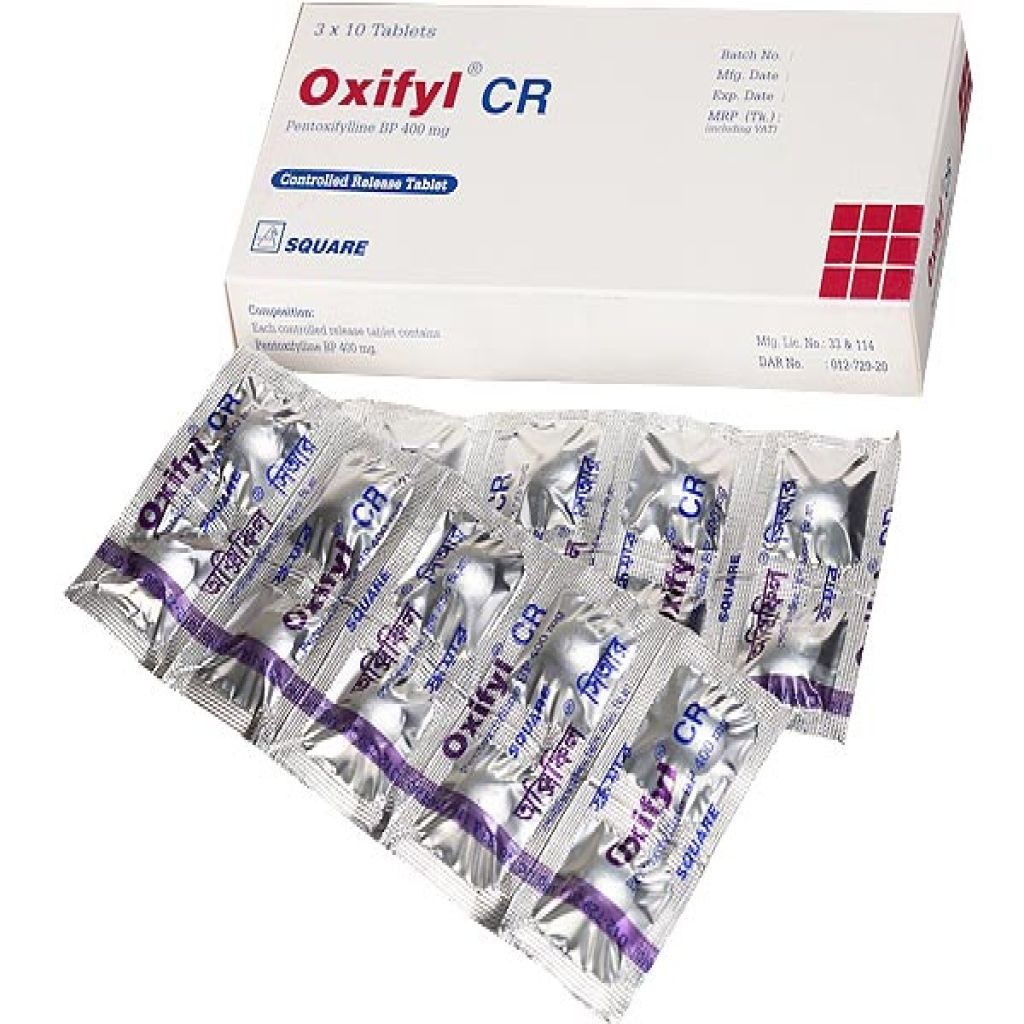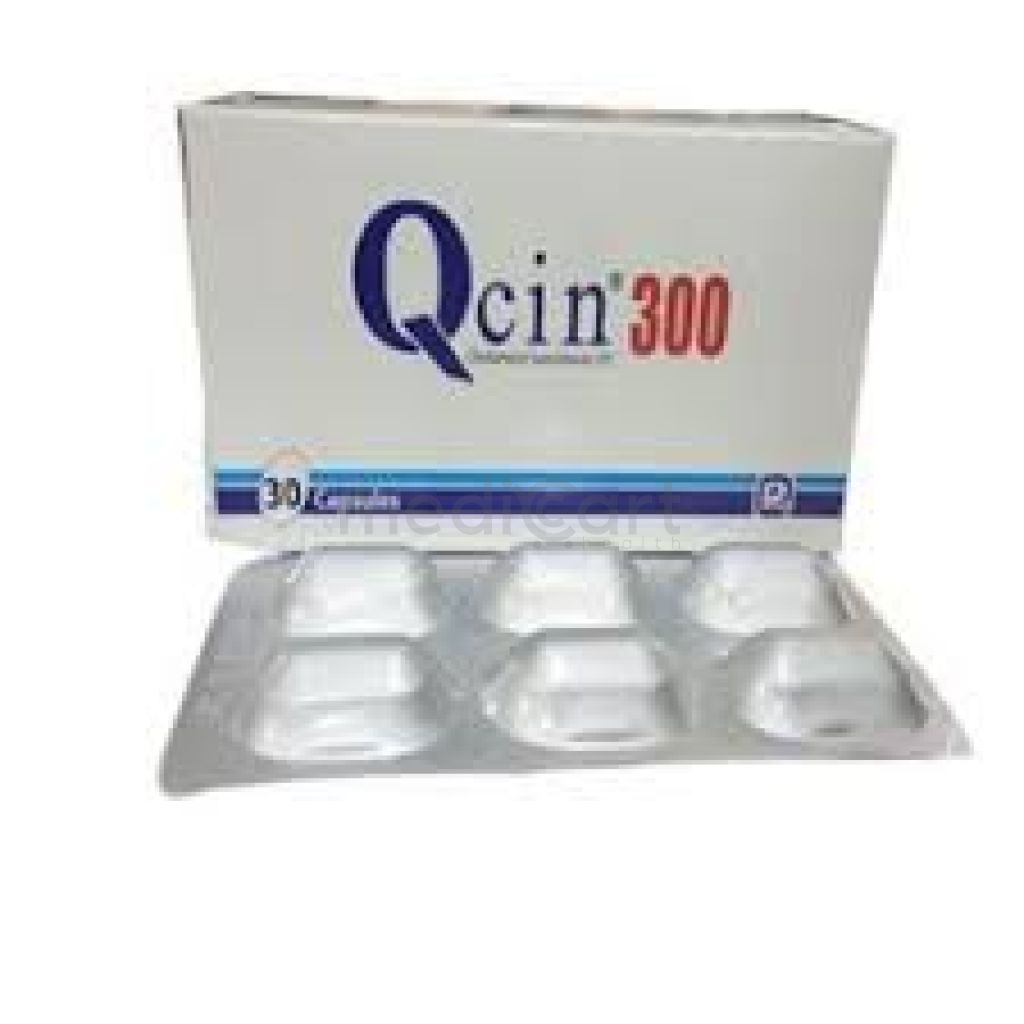

Oxifyl CR 400mg 400mg
Tablet
Pack Size :
10 Tablet x 1 Strip
Generics :
Pentoxifylline
Manufacturer :
Square Pharmaceuticals Ltd.
Best Price *
TK
70.40
* Delivery will be done in Dhaka city only.
More Information About - Oxifyl CR 400mg 400mg
Description
Generic Name
PentoxifyllinePrecaution
Avoid use in patients with severe cardiac arrhythmias or acute MI. Caution when used in patients with ischaemic heart disease or hypotension. Impaired renal or hepatic function. Start at lower dose in elderly; safety and efficacy not established in children. Tablets should not be chewed, crushed or broken; swallow whole. Pregnancy, lactation. Lactation: Drug excreted in breast milk; discontinue therapy, or do not nurseIndication
Peripheral vascular diseaseContra Indication
Previous hypersensitivity reactions to xanthine-related products e.g. caffeine, theophylline and theobromine. Recent cerebral and/or retinal haemorrhage. Porphyria.Dose
N/ASide Effect
1-10% Nausea,Vomiting <1% Angina,Anaphylaxis,Anorexia,Aplastic anemia,Pancytopenia,Conjunctivitis,Angioedema,Aseptic meningitis,Chest pain,Leukemia,Leukopenia,Cholecystitis,Hepatitis,Seizure,Scotoma,Thrombocytopenia,Increased live enzyme Potentially Fatal: Fatal haemorrhage (cerebral and GI tract); anaphylactoid reaction.Pregnancy Category
Name : C
Description
Animal reproduction studies have shown an adverse effect on the fetus and there are no adequate and well-controlled studies in humans, but potential benefits may warrant use of the drug in pregnant women despite potential risksMode of Action
Pentoxifylline reduces blood viscosity by increasing deformability of leukocytes and erythrocytes; and decreasing neutrophil adhesion/activation. It also improves microcirculation and peripheral tissue oxygenation through better blood flow. It has also been used in cerebrovascular disorders.Interaction
Concurrent use with ciprofloxacin may increase the adverse effect of pentoxifylline. Concurrent use may increase serum levels of theophylline derivatives. Potentially Fatal: May increase risk of adverse effect when used with ketorolac.Pregnancy Category Note
Pregnancy category: C Lactation: Drug excreted in breast milk; discontinue therapy, or do not nurseAdult Dose
Oral Peripheral vascular disease Adult: As modified-release formulation: 400 mg tid (normally for at least 8 wk) May reduce to 400 mg bid if GI or CNS adverse effects occur. Intermittent Claudication 400 mg PO q8hr Recommended duration of treatment: >8 weeks Hepatic impairment: Dose reduction may be needed in severe impairment.Child Dose
Safety and efficacy not establishedRenal Dose
Renal impairment: Moderate impairment (CrCl about 60 ml/min): 400 mg bid; Severe impairment (CrCl about 20 ml/min): 400 mg once daily; may reduce further to 400 mg once every other day if needed.Administration
Should be taken with food.Disclaimer
The information provided herein are for informational purposes only and not intended to be a substitute for professional medical advice, diagnosis, or treatment. Please note that this information should not be treated as a replacement for physical medical consultation or advice. Great effort has been placed to provide accurate and comprehensive data. However, Medicart along with its authors and editors make no representations or warranties and specifically disclaim all liability for any medical information provided on the site. The absence of any information and/or warning to any drug shall not be considered and assumed as an implied assurance of the Company.






